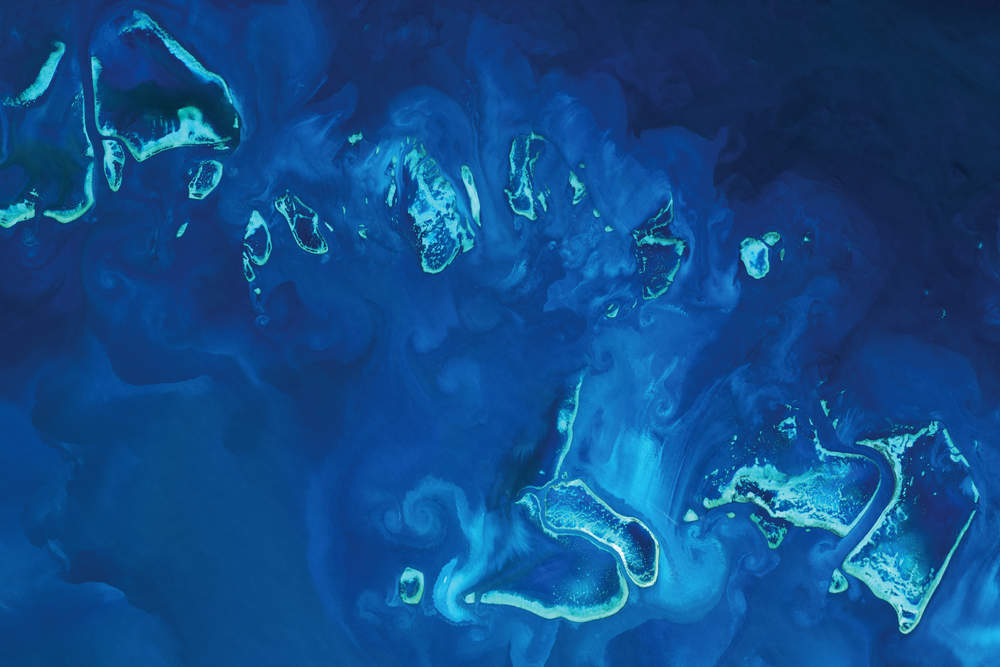
Scientists have successfully transplanted coral on to Australia’s Great Barrier Reef, designed to restore damage caused by climate change, pollution, and over fishing.
A similar project has seen success in the Philippines where vast stretches of coral have been damaged by blast fishing practices.
The project is led by Southern Cross University professor Peter Harrison, who collected coral eggs and sperm from Heron Island’s reef in November 2016, during what is known as coral spawning.
He matured these in tanks to produce over a million larvae, before depositing them on the reef, using a mesh enclosure to protect them. Over a hundred have survived and are growing successfully on the reef, giving new hope of salvaging some of its damaged ecosystems.
Harrison said the results are “very promising … the success of this new research not only applies to the Great Barrier Reef, but has potential global significance … it may be one of the answers to some of the problems in the Great Barrier Reef. It’s a glimmer of hope”.
The project intends to help rebuild feeder reefs which supply coral to other areas, and support the area’s marine ecosystem.
How well do you really know your competitors?
Access the most comprehensive Company Profiles on the market, powered by GlobalData. Save hours of research. Gain competitive edge.

Thank you!
Your download email will arrive shortly
Not ready to buy yet? Download a free sample
We are confident about the unique quality of our Company Profiles. However, we want you to make the most beneficial decision for your business, so we offer a free sample that you can download by submitting the below form
By GlobalDataHowever, many have cautioned that the process cannot fully restore the 3,000 reefs that make up the site’s vast network covering 132,000 square miles, and more needs to be done to fight the effects of climate change.
Anna Marsden, managing director for the Great Barrier Reef Foundation, said:
There is much more to be done, but this is definitely a great leap forward for the reef, and for the restoration and repair of reefs worldwide. It’s time to be bold and take some calculated risks because that’s the way we’ll make a change in how we can help restore our coral reefs.
According to David Wachenfeld, chief scientist at the Great Barrier Reef Marine Park Authority (GBRMPA), the next step would be to extend the scale of the project from its current 1,076 square feet to several kilometers.
It’s not just about having any coral. It’s about getting coral big enough to reproduce. Then we’ve really cracked this problem, because we’ve kick started the natural recovery process of the reef. In the past, the Marine Park Authority has had a philosophy of basically getting out of nature’s way. But climate change is really changing that. The reef is battered and bruised. It’s more impacted than it’s ever been before.
The Australian Government has committed increased funding in the development of better collection techniques and the expansion of the project.
Federal Environment Minister Josh Frydenberg announced $400,000 for Harrison’s research, and said he would consider more funding if it was successful.
An additional $200,000 has been promised by the GBRMPA to aid the search for the best sites to employ the project further.
But Harrison said another $1m to $2m a year is needed over the next five to ten years for the project to be developed on a meaningful scale.
The extensive damage seen on the Great Barrier Reef is due to rising sea temperatures which in turn bleaches the coral.
Though bleaching is not always fatal for coral, a study conducted last year found “the largest die-off of corals ever recorded” with around 67 percent of shallow water coral in a 700 kilometre stretch found dead.







